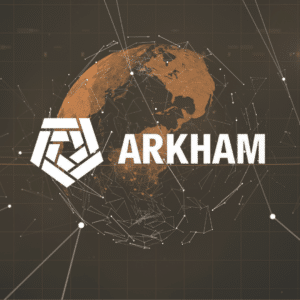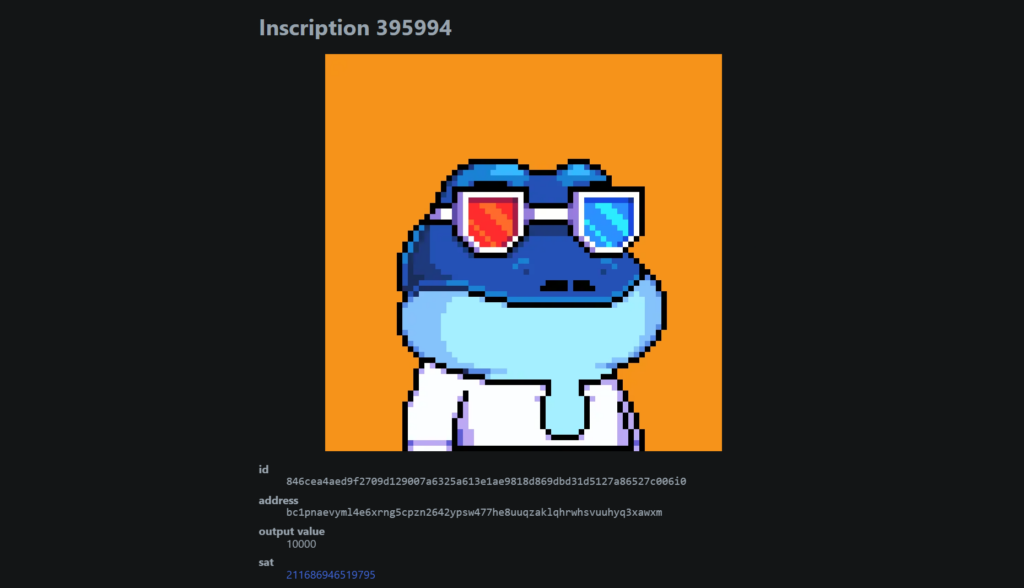Ordinal inscriptions enable the embedding of digital assets, like images or text, onto a satoshi, which is the smallest denomination of a Bitcoin (BTC). Ordinals allow for the creation of unique NFT-like assets within Bitcoin, despite Bitcoin’s fungibility status.
Written by: Anatol Antonovici | Updated August 25, 2024
Reviewed by: Mike Martin
Fact checked by: Ryan Grace

Ordinals can be compared to signing an autograph on a dollar bill – the bill is still fungible, but it now has some unique value. Let’s find out how they work!
🍒 tasty takeaways
What Are NFTs?
Non-fungible tokens (NFTs) are digital assets that represent something unique and irreplaceable. These tokens are hosted on a blockchain, with each one having its own token standard.
Unlike fungible assets, whether they are cryptocurrencies or traditional fiat currencies, each NFT has its own unique value and is distinct from any other token.
NFTs can represent digital or physical assets, providing benefits such as proof of ownership, intellectual property (IP), and the efficient trading of non-liquid assets like real estate or fine art.
NFTs can be minted on blockchains that support the smart contract feature and offer a dedicated standard for them. So why do we mention NFTs in the context of Bitcoin, which doesn’t have a native smart contract feature like Ethereum? Keep reading to find out!
What Are Bitcoin Ordinals?
The Bitcoin Ordinals protocol was launched by Casey Rodarmor in the beginning of 2023.
The ingenious protocol allows users to assign a unique identifier to each satoshi, which is the smallest unit of a bitcoin.
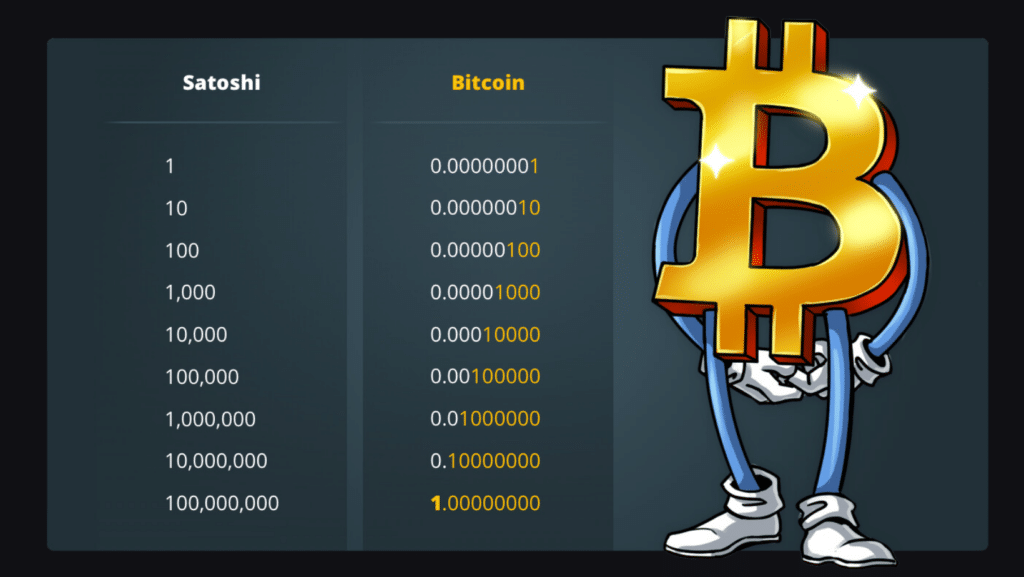
Source: Cointelegraph
As a result, the satoshis with these unique identifiers become trackable units, and we refer to them as ‘ordinals’.
The Ordinals protocol maintains a record of the creation and transaction history of each satoshi, treating them as empty spaces where unique value can be added. This process essentially transforms them into something similiar to NFTs for Bitcoin.
The inscriptions can be anything – images, GIFs, or even texts.
Ordinals leverage the Bitcoin blockchain’s unmatched security, decentralization, and censorship resistance, potentially becoming the most secure type of NFT.
How Do Bitcoin Ordinals Work?
The ordinals protocol serves as a tracking system for satoshis. When someone adds information to them, they start to function like NFTs. Each new satoshi that is generated through mining gets its own special number, which can eventually be followed at any time.
For example, when the millionth satoshi is made, its number will be 1 million. With Bitcoin’s total supply capped at 21 million, we will end up with 2.1 quadrillion (that’s 15 zeros) of these satoshis, which the protocol treats as “ordinals.”
Additionally, the ordinal system assigns other identifiers to each satoshi. These include a unique number determined by its position among all bitcoins that have been mined, a percentage that represents its position within the total Bitcoin supply, and a special letter name that shorterns over time. The last satoshi will be simply identified with “a.”
Here is a satoshi labeling example:
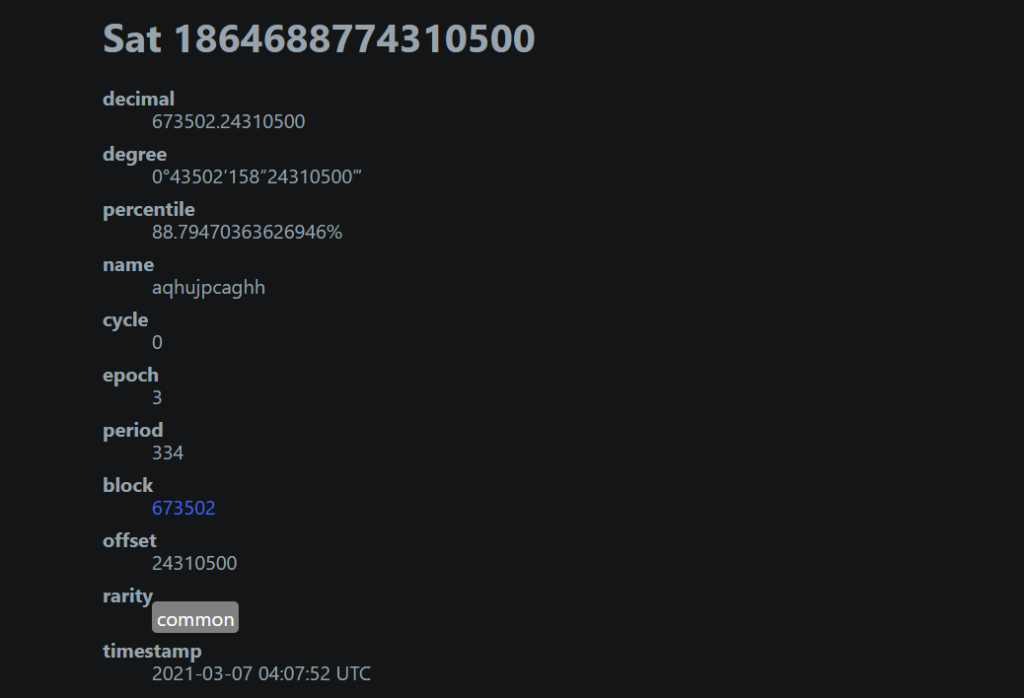
Source: Ordinals.com
How Do Ordinal Inscriptions Work?
While ordinals serve as the fundamental infrastructure, it’s the inscriptions that enable them to function as NFTs.
Thanks to two Bitcoin updates, called Taproot and Segwit, the blockchain protocol increased the block size limit to 4MB. This enabled the embedding of data like text and pictures. The inscribed elements are stored in the witness section of a BTC transaction, an area made possible with the SegWit upgrade in 2017.
This content can be added with an open-source software program called “ord,” whic is used in combination with a Bitcoin node.
Unlike traditional NFTs, whose content uses off-chain storage, ordinals are confirmed and recorded on blockchain permanently, becoming native to Bitcoin.
Bitcoin Ordinals History
Because they make use of Bitcoin’s fundamental infrastructure, ordinals have gained significant popularity in less than a year. They peaked in December 2023, experiencing over $900 million in Bitcoin NFT sales. However, volume has dropped considerably, falling 97% from its peak.
Source: The Block
The the number of total inscriptions is getting close to 70 million as of August 2024, although the pace has decline.
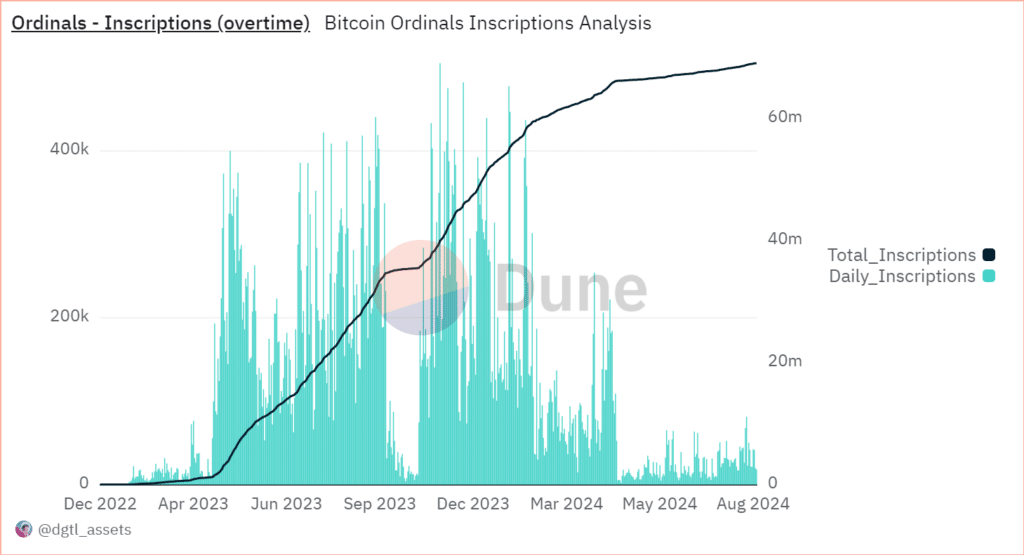
Source: Dune Analytics
Popular Bitcoin Ordinals
The five most popular NFT collections on Bitcoin are:
- Bitcoin Frogs ($21.5 million total volume);
- Bitcoin Bears Club ($5.7M);
- Pixel Pepes ($4.4M);
- DogePunks ($3.4M);
- NPC Ordinals ($3.3M).
Here is a Bitcoin frog as shown on the Ordinals system:
Source: Ordinals.com
Bitcoin Ordinals vs NFTs
While many use the term “Bitcoin NFTs”, ordinals are fundamentally different than Ethereum NFTs and other traditional NFTs. Here’s how:
| Traditional NFTs | Bitcoin NFTs | |
|---|---|---|
| Relation to Native Cryptocurrency | Distinct and separate elements with their own standard. | Rely on inscriptions related to the cryptocurrency. |
| Identifier Establishment | Established at the protocol level and stored on-chain. | Relies on the Ordinals Protocol (off-chain). |
| Digital Content Storage | Often stored off-chain using IPFS, modifiable with dynamic metadata. | Stored on-chain and unalterable. |
| Support for Creator Royalties | Can support royalties. | Cannot support royalties. |
| Content Size Limit | Can be of any size. | Cannot exceed the 4MB block size limit. |
Due to these significant differences, many refer to ordinal NFTs as digital artifacts. You’ll need a bitcoin wallet before you can access ordinals.
What Are BRC-20 Tokens?
In addition to Bitcoin NFTs, the Bitcoin Ordinal protocol is used for other purposes and use cases. For example, after the Taproot upgrade in 2021, users are able to add specific data on satoshis and create fungible units.
This was the idea of an enigmatic crypto analyst nicknamed Domo. In March 2023, he created the BRC-20 token standard – an experimental standard for fungible tokens on Bitcoin.
Basically, this token leverages ordinals as an underlying layer to create fungible tokens. The most popular tokens using the BRC-20 standard are Ordi and Vmpx.
How to Inscribe Your Own Ordinal
There are two ways to create Bitcoin NFTs:
- Tech-savvy users can run a full BTC node and install the ordinal software. They will be able to inscribe satoshis and create Bitcoin NFTs. Note that this approach requires a Taproot-compatible wallet supporting coin control, like Sparrow (for receiving ordinals) or Ord wallet (for creating inscriptions).
- Non-technical users can inscribe with user-friendly applications like Gamma, Magic Eden, or Ordinalsbot.com.
Buy Bitcoin with Self-Custody
You can buy bitcoin with tastycrypto. When you store your crypto in a self-custody wallet, you don’t have to trust that an exchange is acting in your best interest. This is because you are the only party privy to your private key, or seed phrase.
Here are some additional benefits you get when you choose to self-custody your digital assets with tastycrypto:
- In-App Swap: Trade BTC, ETH, and 1,000+ tokens
- Generate Yield in DeFi: Stake, lend, and become your own market maker
- NFTs: Buy, sell, and view NFTs in-app
tastycrypto offers both iOS and Android self-custody wallets – download yours today! 👇
Bitcoin Ordinals FAQs
Bitcoin Ordinals is a protocol that creates identifiers for each satoshi – the smallest unit of Bitcoin. You can create inscriptions on any blank satoshi, effectively creating a Bitcoin NFT.
There is an ongoing debate among the Bitcoin community about whether ordinals are good for the Bitcoin network. Opponents argue that ordinals increase the size of blocks, which can lead to an increase in transaction fees and congestion.
Ordinal-based NFTs are similar to traditional NFTs, but they are fundamentally different. NFTs have their own standard (on Ethereum, it’s ERC-721), and their content can be of any size, which is not true of ordinals.
There are specialized ordinal marketplaces where you can buy Bitcoin NFTs. The most popular ones include Gamma, LooksRare and Magic Eden.

Anatol Antonovici
6+ years of experience writing for crypto brands and blockchain firms, including Coindesk, Cointelegraph, Bitcoinist, CryptoPotato, Algorand, and OTCTrade.com
🍒 tasty reads

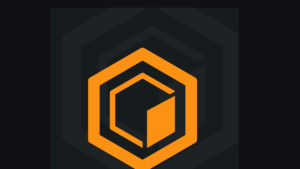
The Core Blockchain and DeFi Ecosystem: What You Need to Know
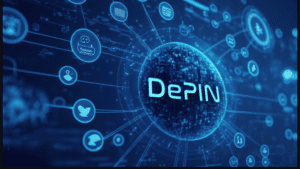
7 Best DePIN Crypto Projects

What Is Symbiotic and How Does It Work in 2024?
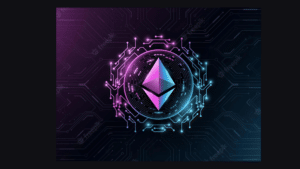
Ethereum vs Ethereum ETFs – 5 Major Differences
